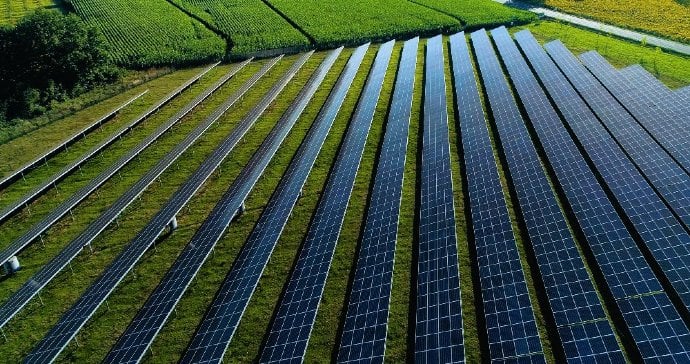Nature Inclusive Solar Parks: opportunity or threat?
Globally we strive to generate energy in a sustainable way. With this goal solar parks are set up, enabling energy suppliers to offer their customers green energy. Solar parks on land are a new growth market. Many builders and developers are currently assessing the opportunities and threats of the realization of such parks.
By constructing a Nature Inclusive Solar Park (NISP), sustainable energy is generated while biodiversity remains intact. A NISP certificate provides a market advantage that allows project developers to distinguish themselves from competitors who claim they take biodiversity into account but cannot demonstrate this. Kiwa can help you with a successful NISP certification.
The fight for public space
Unlike solar panels on roofs, solar parks are in full view on large tracts of land. The paradox is that, while sustainability is the goal, it is leading to large industrial installations in the middle of nature. Public space must be shared by many different parties, such as local residents, farmers and landowners, and also companies and leisure visitors. Because of the size and impact of solar parks, they will need to fit precisely into the environment if they are to avoid being mired in resistance and legal proceedings. Builders and developers therefore more and more want to know how to build a solar park in a responsible manner.

What is a Nature Inclusive Solar Park?
With a Nature Inclusive Solar Park, all phases from design and construction to management and eventual removal are firmly cemented in a responsible and well-documented approach. Kiwa has developed the concept of Nature Inclusive Solar Parks in collaboration with NISP certified. Both the concept and implementation respond to the code of conduct and the interests of stakeholders. So, it is a manageable solution 'by design.' The concept offers builders a blueprint for every phase of the project.
Avoiding stumbling blocks
A NISP certification gives you the opportunity to demonstrate how you have taken the right steps and used the right materials and resources. Covering hectares of land compromises the access of light, air and water to the soil. There will be no proper filtration, causing various long-term consequences such as the loss of vegetation and the disappearance of insects and birds. A certified NISP takes this into account and prevents all sorts of stumbling blocks.
Tool and Certification
A NISP is technically well thought out, integrates well within the natural landscape, is regenerative for the ecosystem and is developed in accordance with the region and local communities. To help ensure this, Kiwa has developed a special guideline: the BRL K11007. The guideline is based on the NISP Tool, so it gives you a good chance of a successful certification. And to solidify the chances even further, we also have an audit tool available that allows you to verify everything yourself before the audit takes place.
More information
Would you like to know more about NISP and certification?
- Read more on this page
- Contact us via the form on this page, also to receive our whitepaper about NISP.
